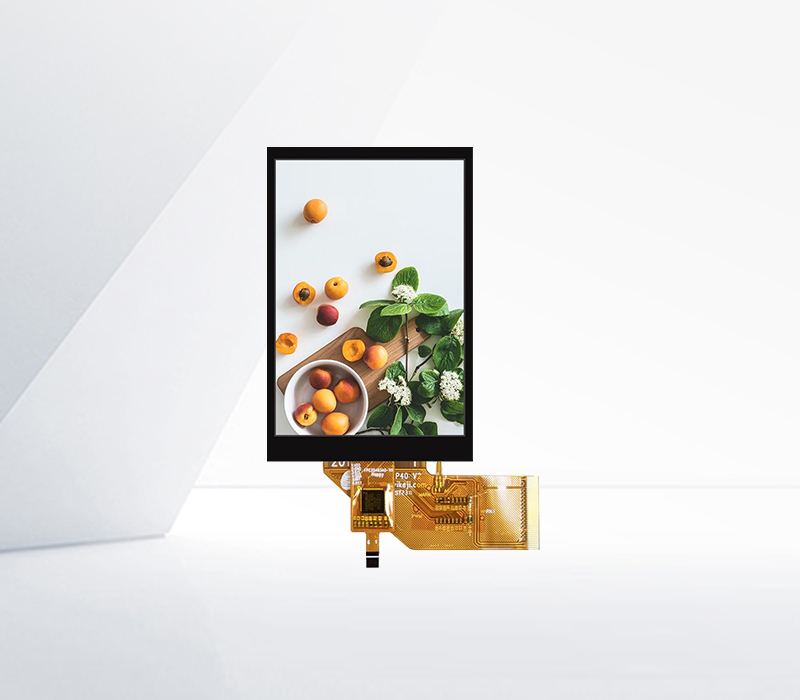




Electrostatic interference can pose significant challenges to the proper functioning of touch panels in intelligent water heaters. Static electricity can build up in various ways, such as through friction between the user's fingers and the touch panel surface or due to the electrical environment in the vicinity of the water heater.
One common solution to combat electrostatic interference is the use of conductive coatings. Conductive coatings, such as indium tin oxide (ITO) coatings, are applied to the touch panel. These coatings can effectively dissipate static charges. When static electricity accumulates on the touch panel, the conductive coating provides a path for the charges to flow away, preventing the build - up of excessive electrostatic potential. ITO coatings are widely used because they are transparent, which is crucial for touch panels as it does not obstruct the visibility of the interface. The deposition of ITO coatings often involves physical vapor deposition (PVD) techniques, which can precisely control the thickness and conductivity of the coating layer.
Another approach is to use grounding techniques. The touch panel is connected to a proper ground through a conductive path. This ensures that any static charges that build up on the panel are immediately transferred to the ground, thus eliminating electrostatic interference. In the case of intelligent water heaters, the grounding can be integrated into the overall electrical system of the appliance. However, care must be taken to ensure that the grounding connection is secure and reliable. Any loose or faulty grounding can render the anti - electrostatic measure ineffective.
Shielding is also an important anti - electrostatic interference solution. A conductive shield, such as a metal foil or a mesh, can be placed around the touch panel and its associated circuitry. This shield acts as a barrier, preventing external electrostatic fields from reaching the sensitive touch - sensing components. The shield is typically grounded to complete the protection circuit. For example, in a water heater installation where there may be other electrical appliances nearby that generate electrostatic fields, the shielding of the touch panel can significantly reduce the likelihood of interference.
In addition, the design of the touch - sensing circuitry itself can be optimized to be more resistant to electrostatic interference. This may involve using components with higher electrostatic discharge (ESD) tolerance, adding filters to the electrical signals to remove high - frequency noise caused by static charges, and implementing proper signal - conditioning techniques.
In summary, a combination of conductive coatings, grounding, shielding, and circuit design optimization is often required to effectively address electrostatic interference in touch panels for intelligent water heaters, ensuring their reliable and stable operation.
